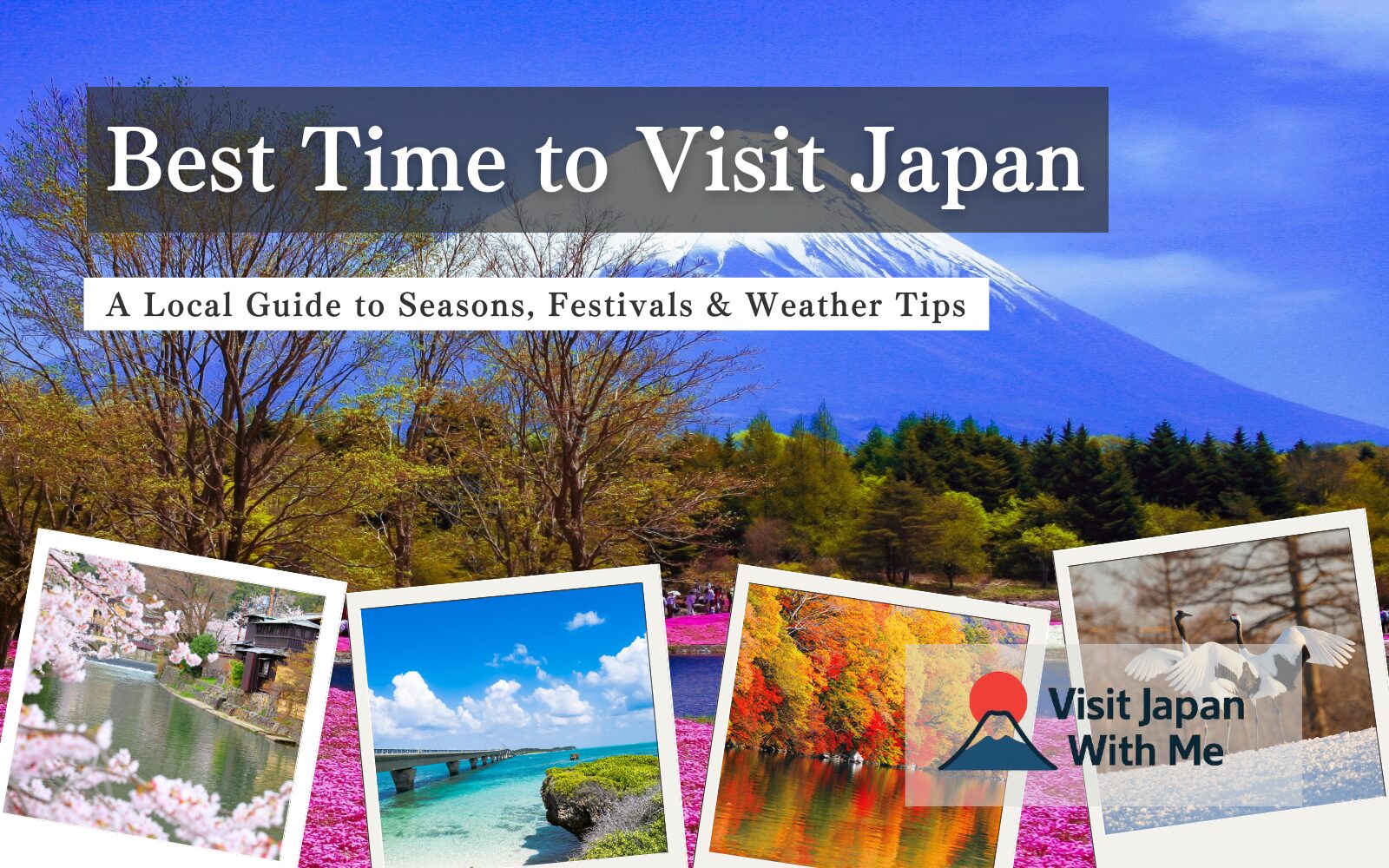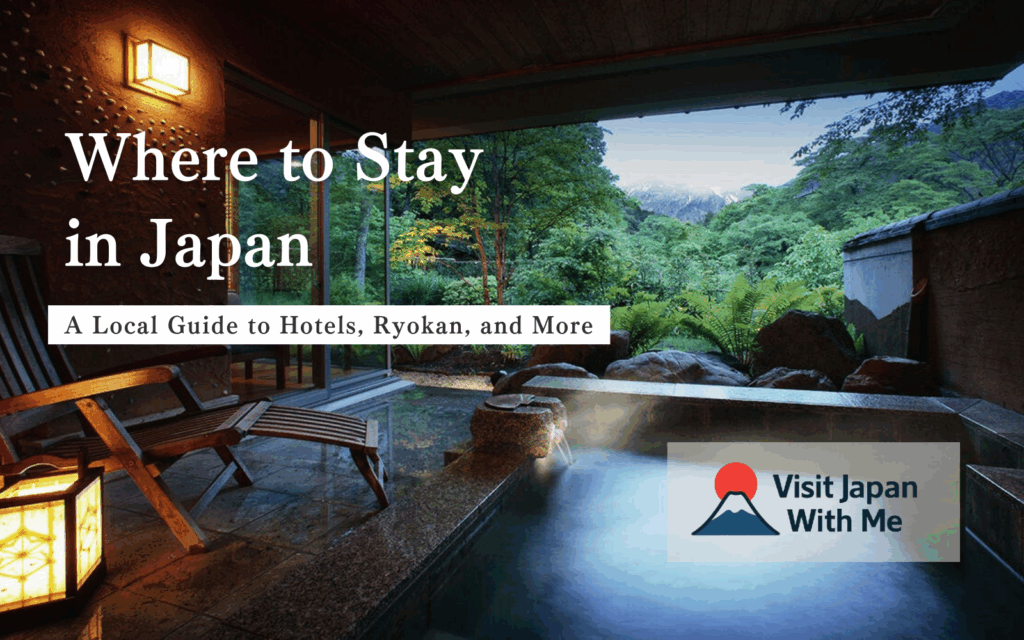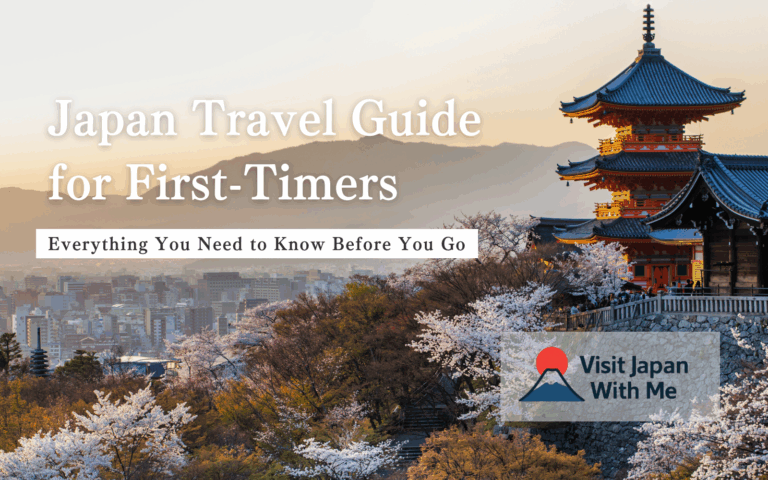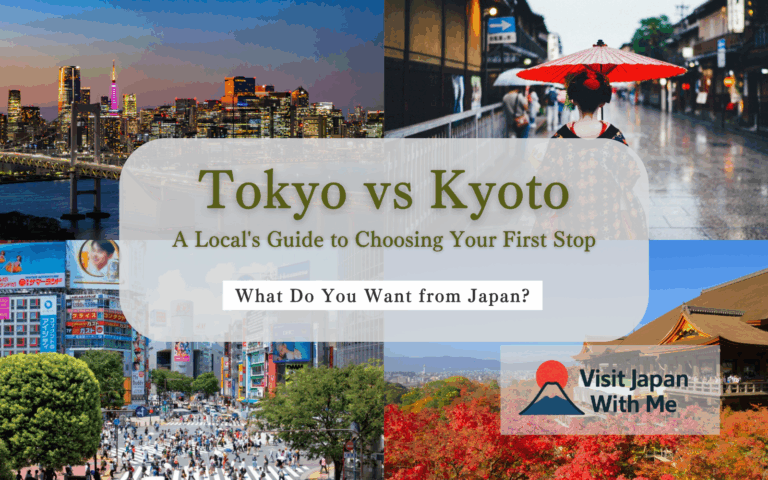Best Time to Visit Japan: A Local Guide to Seasons, Weather, and Festivals
When is the best time to visit Japan? It really depends on what you want to experience. Japan has four distinct seasons, each with its own charm. Whether you’re chasing cherry blossoms, exploring temples in fall foliage, or soaking in an outdoor hot spring while snow falls around you, the best time is different for every traveler.
As a local, I’d love to walk you through each season with tips on weather, events, prices, and what to expect—so you can choose the perfect time for your trip.
Spring (March to May): Cherry Blossoms and Comfortable Weather
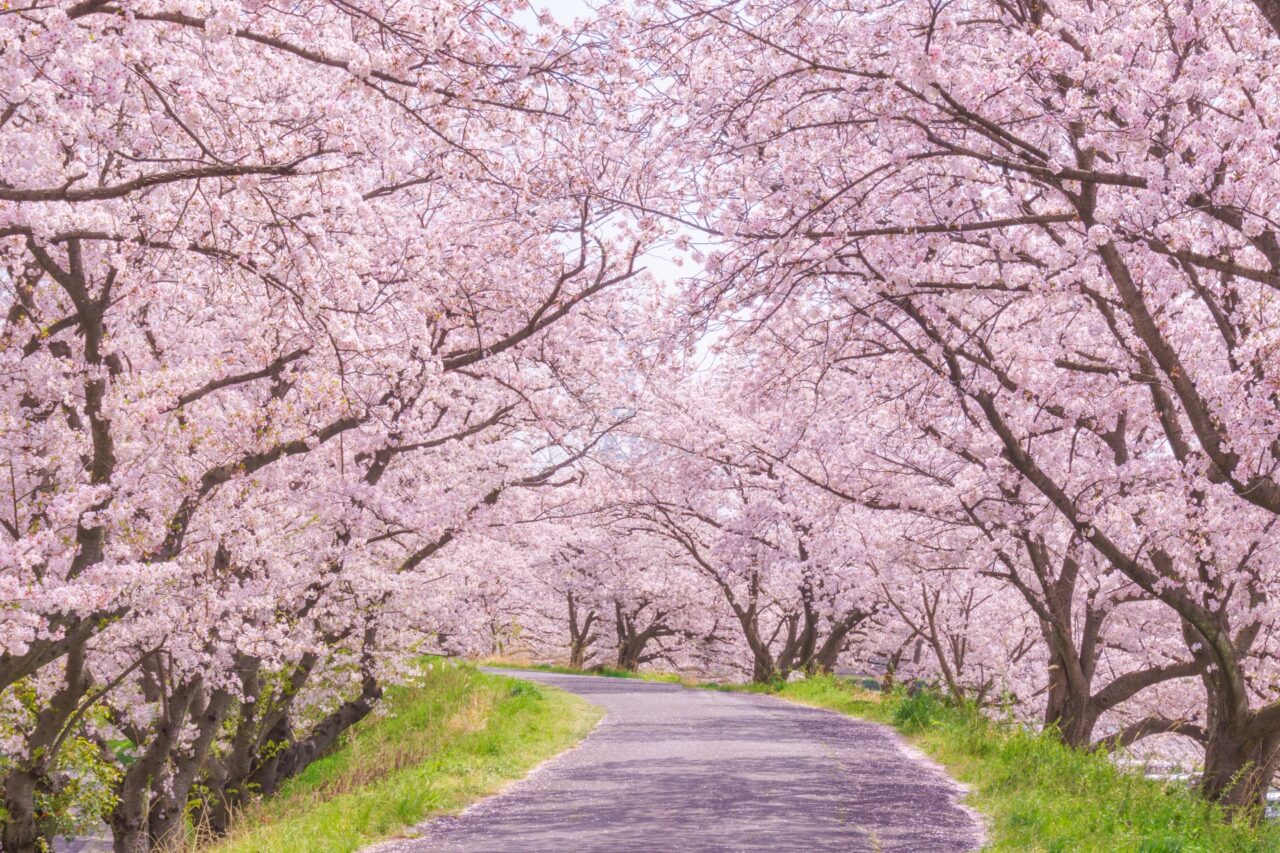
Spring is when Japan truly comes alive. After a cold winter, the air begins to warm, flowers bloom across the country, and parks fill with people enjoying the outdoors. It’s the season of renewal—and for many, the most beautiful time to visit.
What to expect:
- Mild temperatures, with daytime highs typically ranging from 15–22°C (59–71°F) in April and 20–25°C (68–77°F) in May
- Famous cherry blossoms in full bloom (usually late March to early April)
- Longer daylight hours and vibrant parks
Spring Highlights
Hanami (cherry blossom viewing) picnics
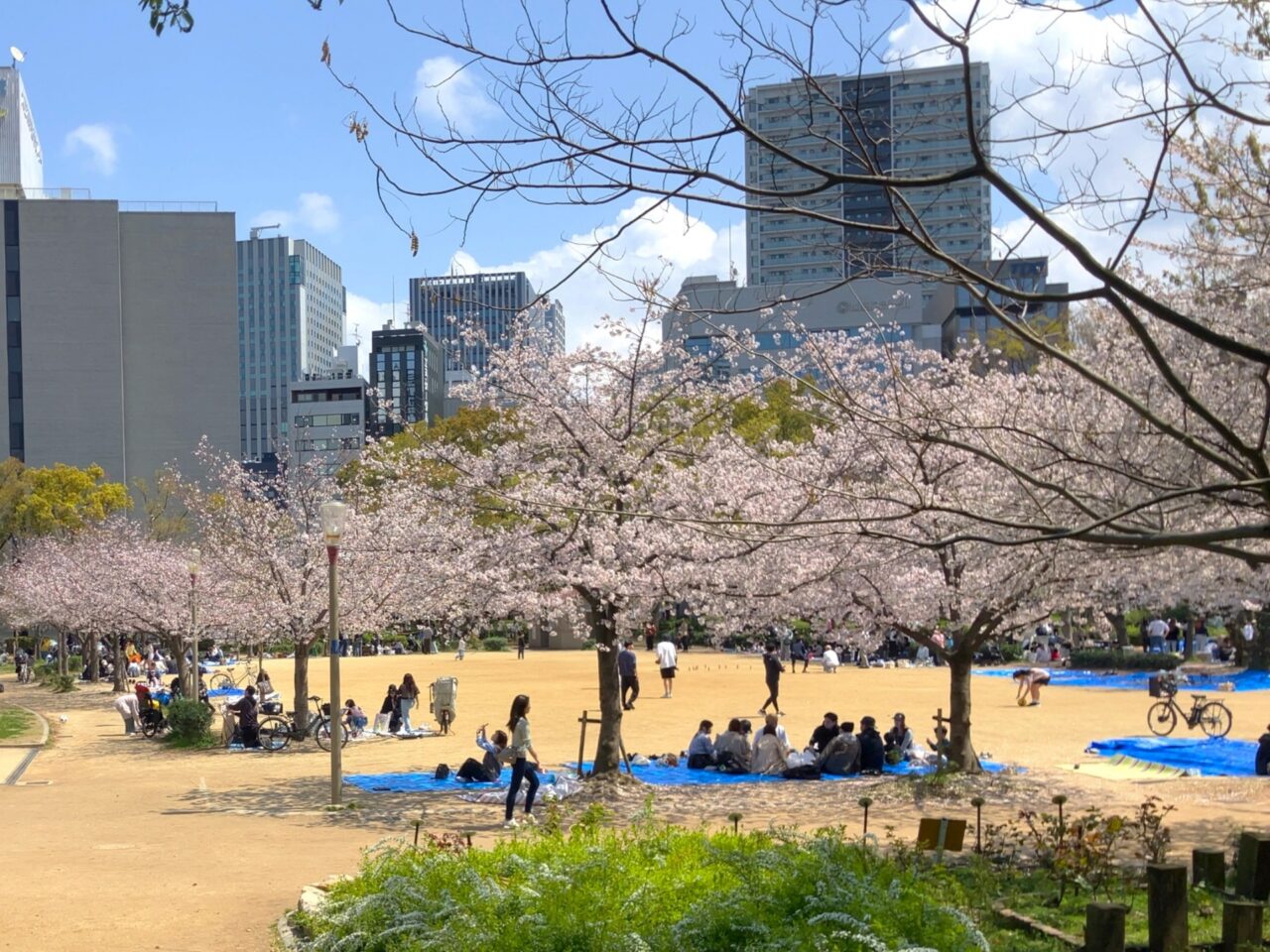
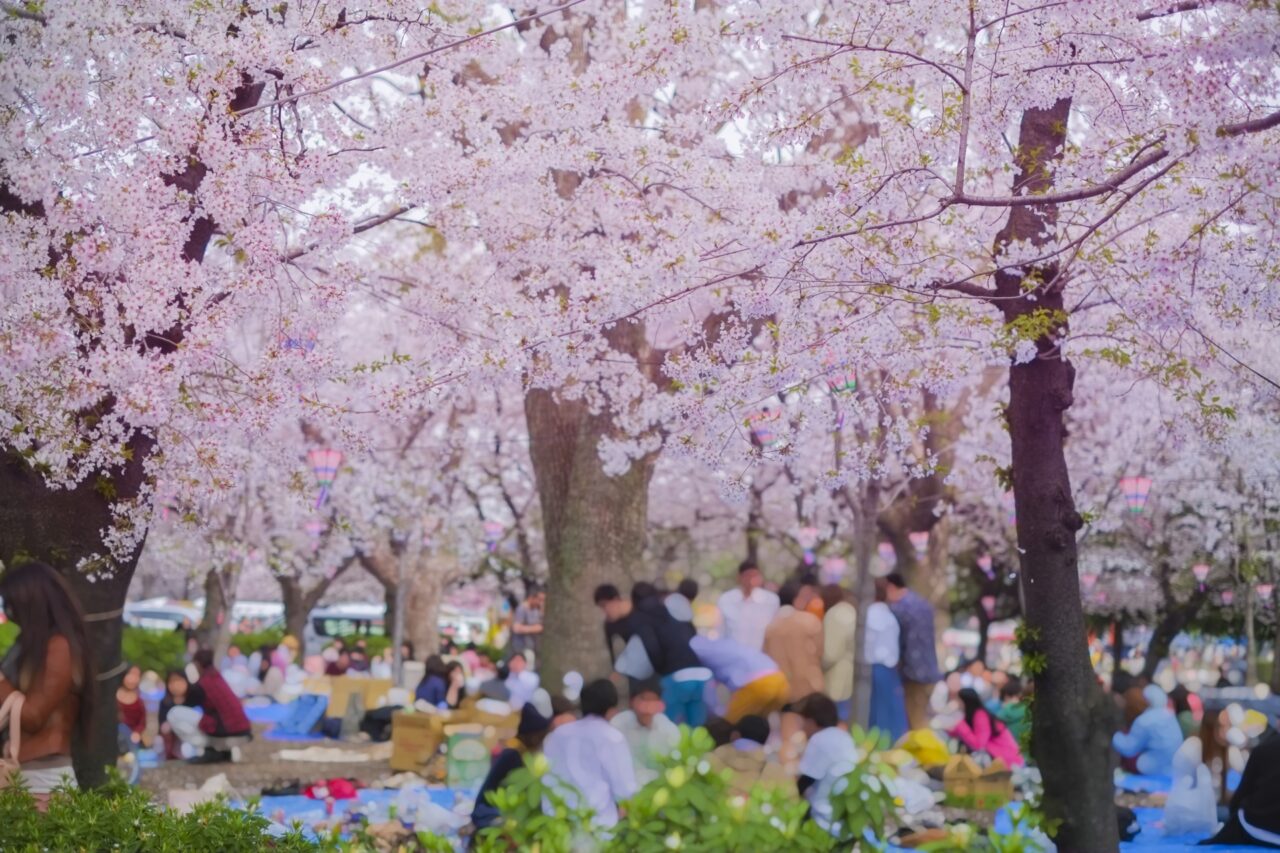
A long-standing tradition where families, friends, and coworkers gather under the blooming trees to eat, drink, and enjoy the fleeting beauty of the blossoms. Popular spots like Ueno Park in Tokyo can get extremely crowded, with food stalls and festive atmospheres. But even in quiet local neighborhoods, it’s common to see people having casual picnics under cherry trees in nearby parks or along riversides.
Strawberry picking at countryside farms
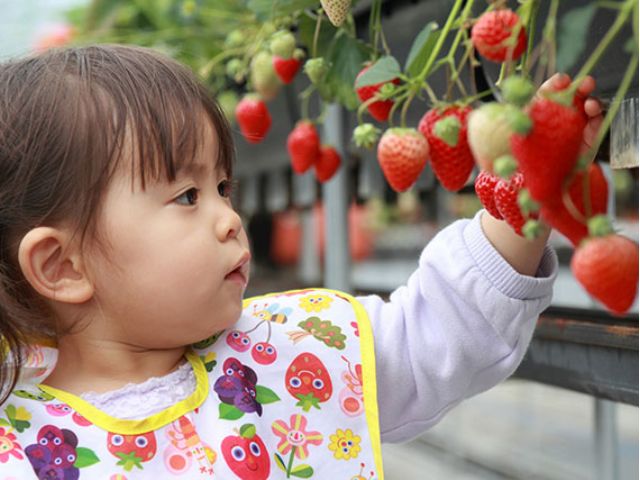
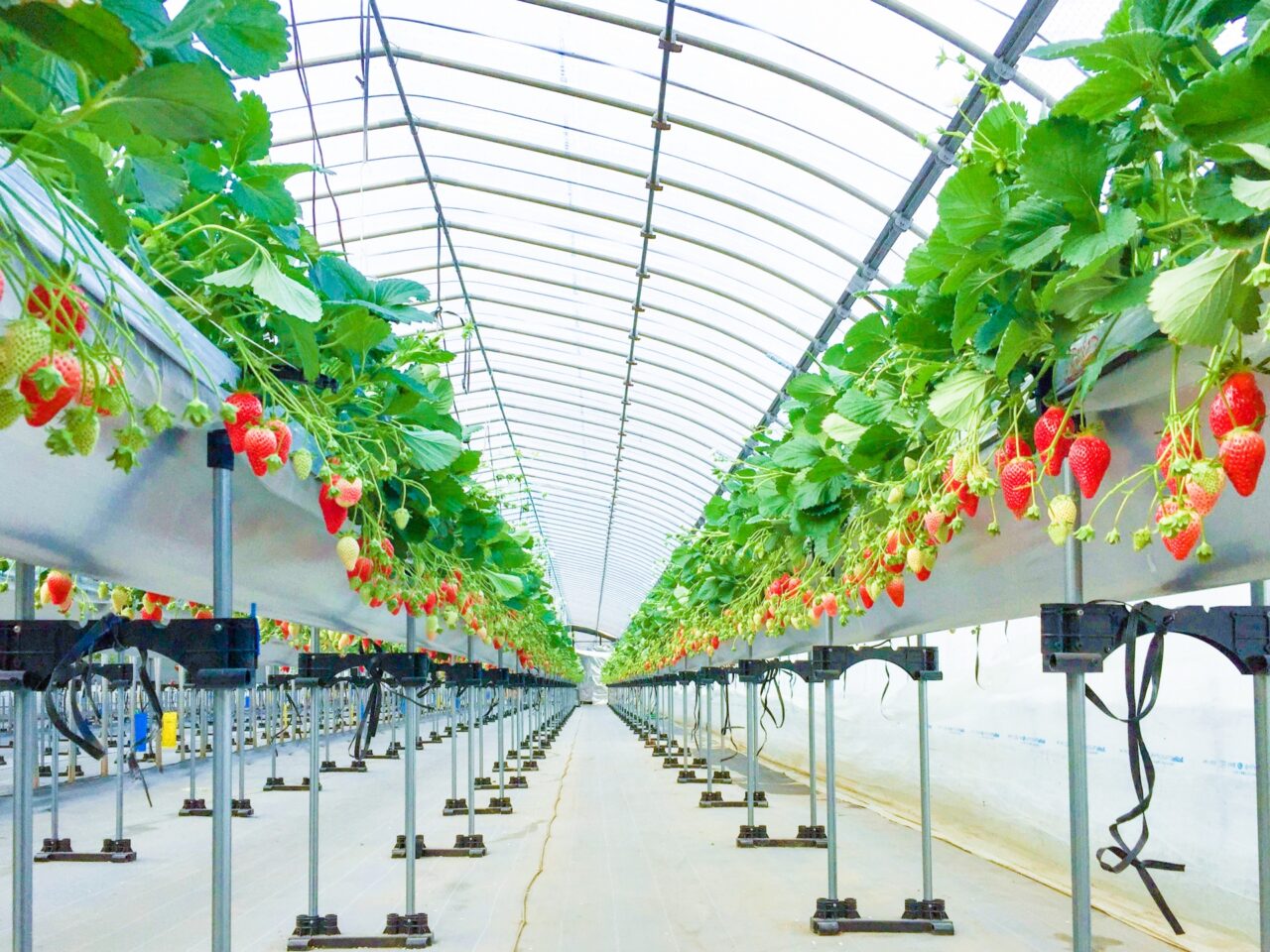
A popular spring activity for families and couples. Near Tokyo, popular spots include Chiba, Saitama, and Kanagawa prefectures, where many farms offer all-you-can-eat plans. For example, in Chiba’s Narita or Saitama’s Sayama areas, you can pick and eat fresh strawberries for 30–40 minutes. Prices typically range from ¥3,000 to ¥4,000 per person (about US$20–27), depending on the farm and time of season.
Tochigi Prefecture is also famous for strawberry production — especially the “Tochiotome” variety — and draws many visitors each spring. It’s a fun and delicious way to enjoy Japanese spring — and a great chance to capture cute photos of kids happily picking and eating strawberries straight from the vine!
Shibazakura (pink moss) festivals
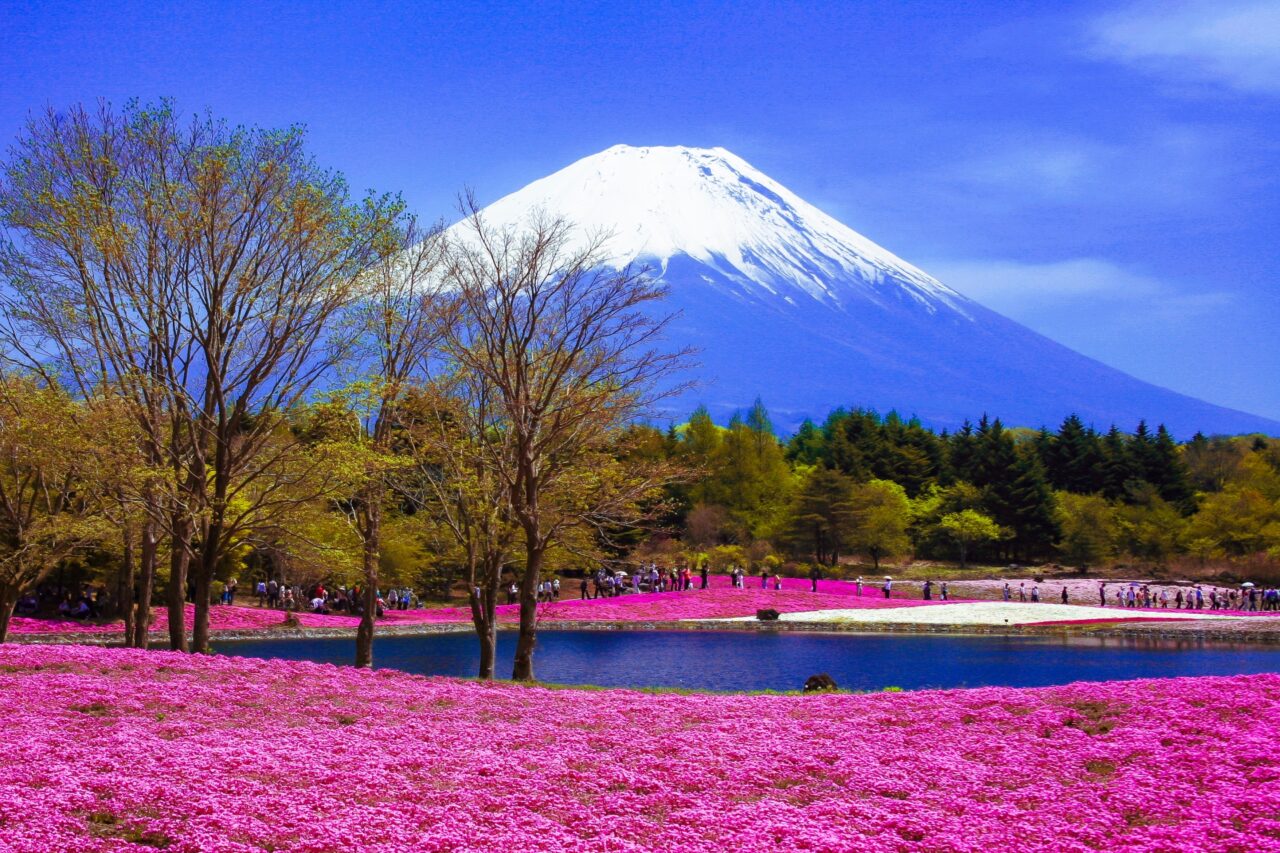
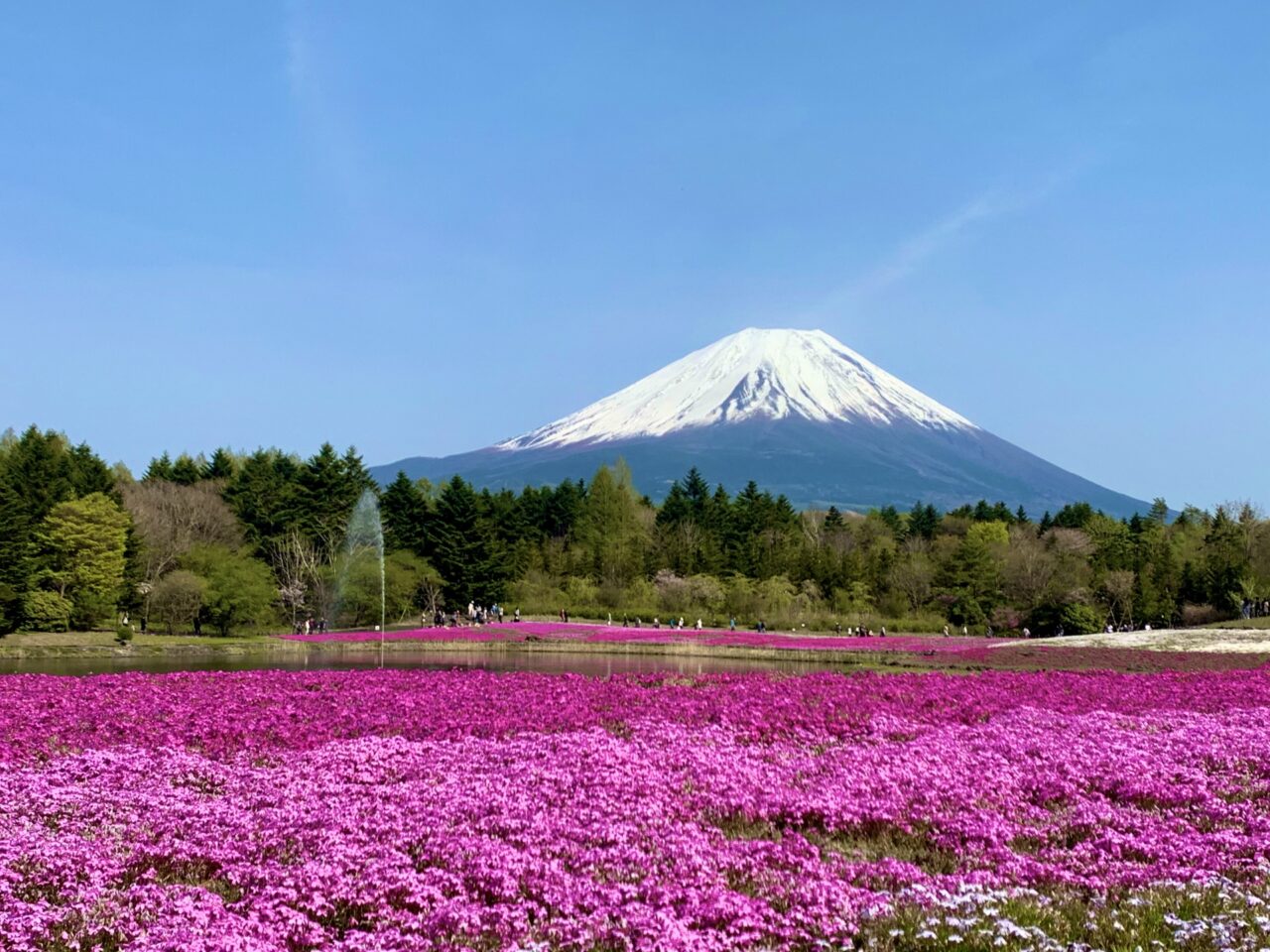
Especially around Mount Fuji, near Lake Motosu, where fields of vivid pink flowers bloom under the snow-capped mountain. The Fuji Shibazakura Festival is one of the most photogenic spring events in Japan, typically held from mid-April to late May. It features dramatic landscapes, local food stalls, and panoramic views of Mt. Fuji behind a carpet of blossoms. It’s a favorite among photographers and nature lovers alike.
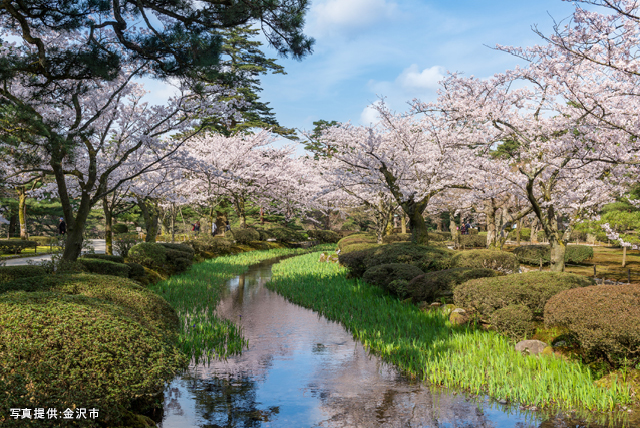
Strolling through Japanese gardens
As they come alive with plum blossoms and fresh greenery — spots like Koishikawa Korakuen in Tokyo or Kenrokuen in Kanazawa are especially beautiful in early spring. These gardens offer peaceful paths, seasonal flower displays, and a sense of serenity that reflects traditional Japanese aesthetics. It’s a relaxing way to enjoy nature without leaving the city.
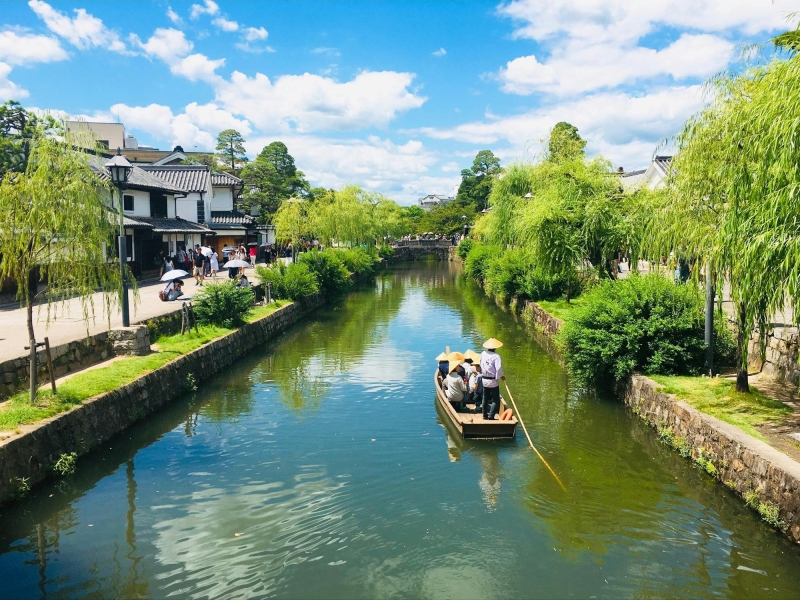
Visiting historic towns and temples
In the soft light of spring, when the weather is ideal for outdoor exploration. Places like Kawagoe, Kamakura, and Kurashiki are perfect for a spring day trip — with narrow streets, preserved architecture, and seasonal sweets served in old-style tea shops.
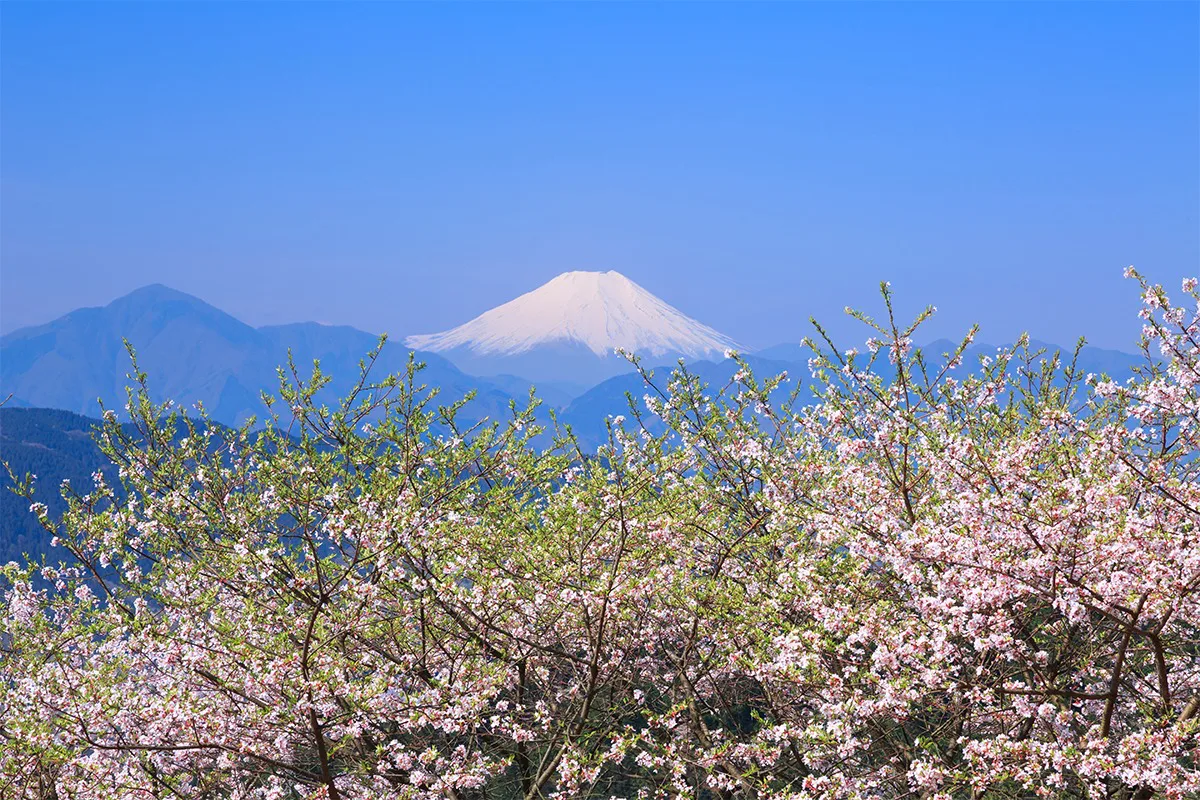
Springtime hiking
In places like Mount Takao or the Nakasendo trail, where nature begins to bloom. Trails are often lined with cherry or plum blossoms, and the air is fresh and crisp. It’s an ideal time to enjoy Japan’s landscapes without the intense heat or crowds of summer.
Tips for Traveling to Japan in Spring
- Book early, especially if you’re planning to visit during cherry blossom season (late March to early April). Accommodations fill up quickly.
- Dress in layers. Spring weather can change quickly — mornings and evenings may be chilly even on warm days.
- Explore local spots. Famous places like Ueno Park or Kyoto can be very crowded, but your local hotel or host can often recommend quieter hanami spots nearby.
- Try seasonal foods. Look for treats like sakura mochi, bamboo shoots (takenoko), and sansai (wild mountain vegetables). These are only available for a short time!
Spring is ideal if you want to see Japan at its most photogenic. Just make sure to book early if you’re coming for the cherry blossoms—they’re popular for a reason!
Summer (June to August): Festivals, Fireworks, and Humidity

Summer in Japan is vibrant and energetic. It’s the season of festivals, fireworks, and long days full of activity. While the weather can be challenging with high heat and humidity, it’s also a time when local culture shines brightest through lively street events and colorful traditions.
What to expect:
- June brings the rainy season (tsuyu), which typically lasts from late June to mid-July. During this period, it often rains nearly every day, creating a humid and damp atmosphere. Once the rainy season ends, clear skies return, and the temperature rises sharply—marking the true arrival of Japan’s summer with intense heat and humidity in July and August
- Average highs often exceed 30°C (86°F) with strong sun, and in many parts of Japan — including major cities such as Tokyo and Osaka — it’s common to see temperatures rise above 35°C (95°F) after the rainy season ends. In recent years, extreme heatwaves have pushed temperatures close to 40°C (104°F) even in urban areas, making summer travel physically demanding and requiring serious heat precautions.
Summer Highlights
Enjoying Japanese Summer Festivals
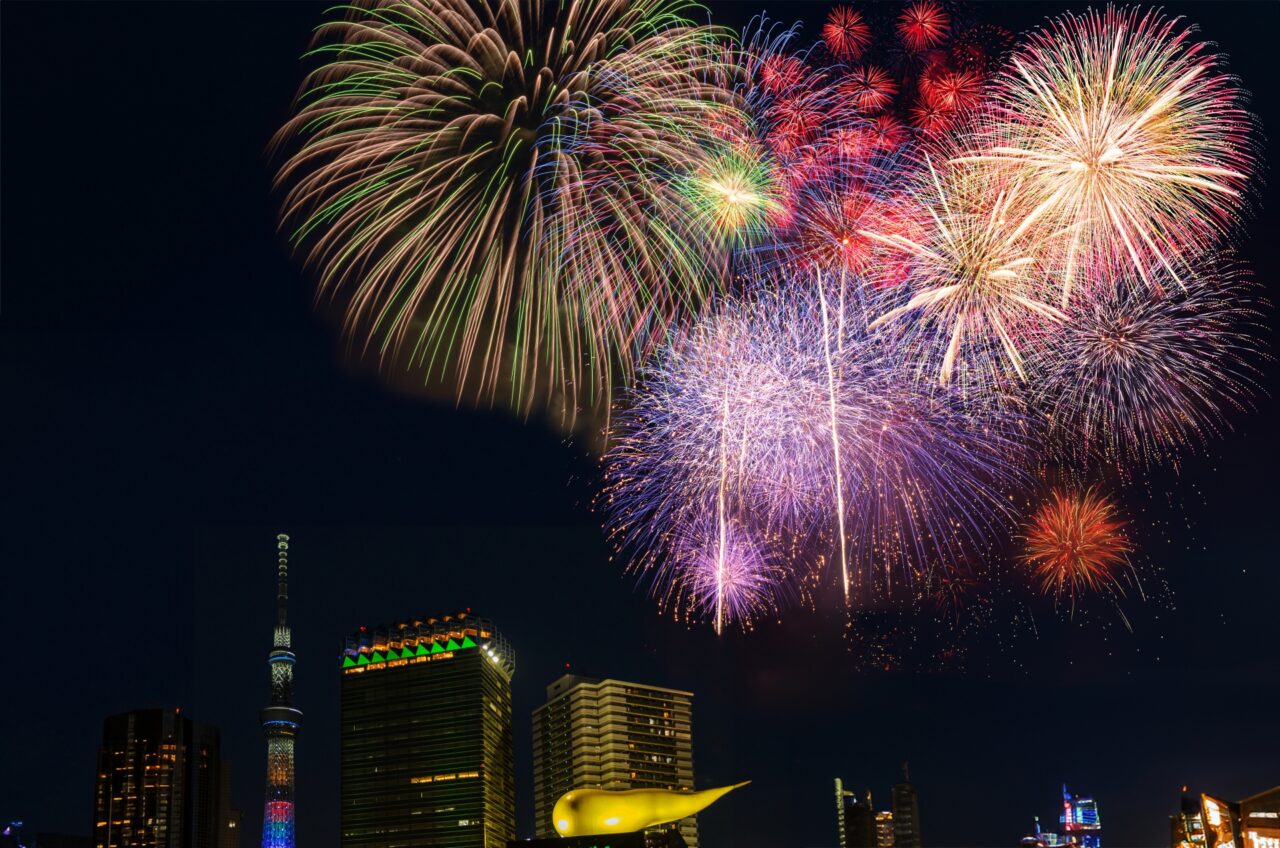
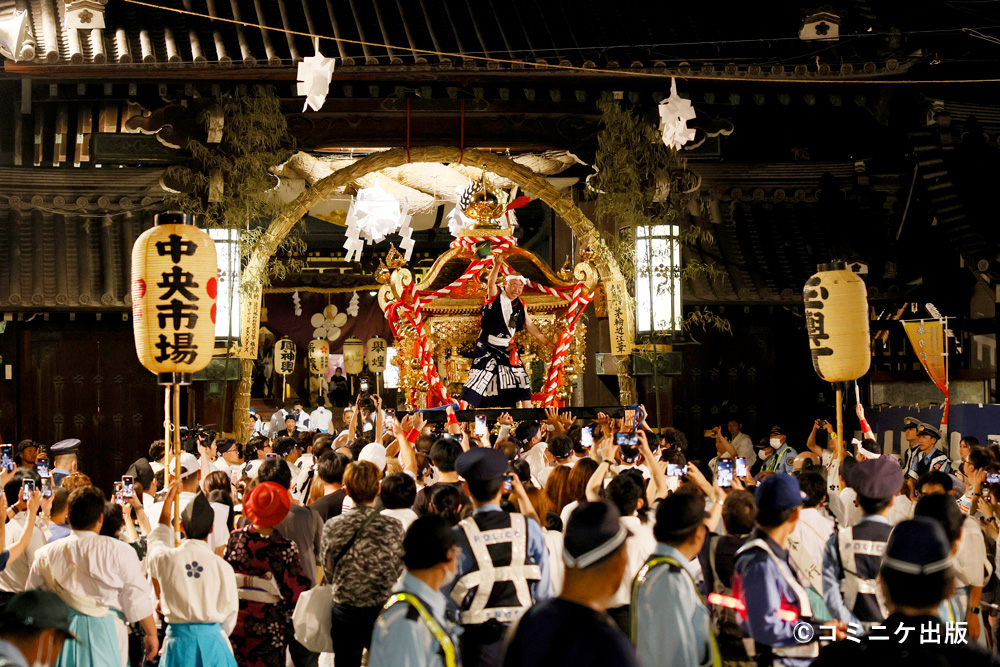
From Tokyo’s Sumida River Fireworks — one of the country’s biggest and most iconic summer events, drawing nearly a million spectators along the riverbanks each year — to Kyoto’s Gion Matsuri and Osaka’s Tenjin Matsuri, summer is packed with cultural events. Expect parades, street food, traditional music, and crowds in colorful yukata (summer kimono).
Fireworks (Hanabi) Nights
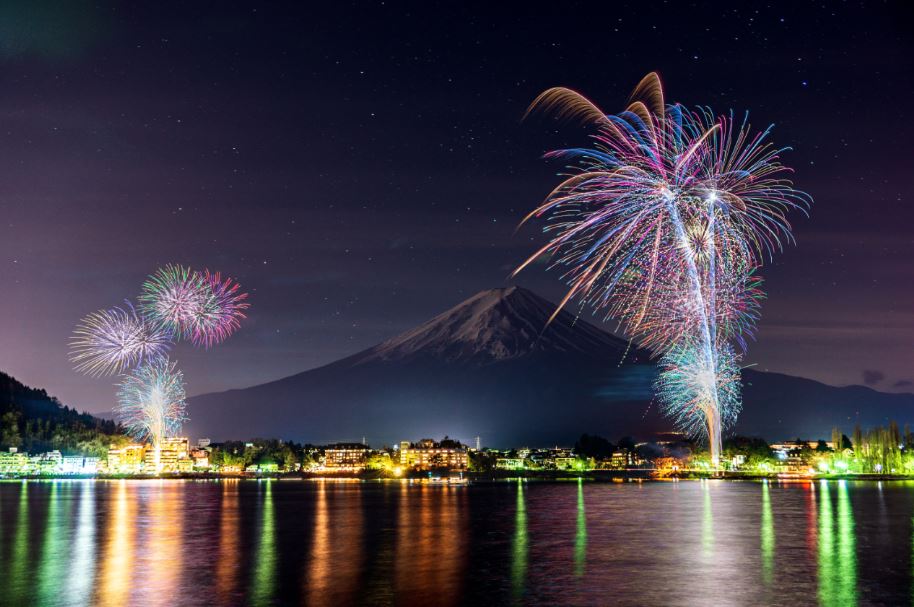
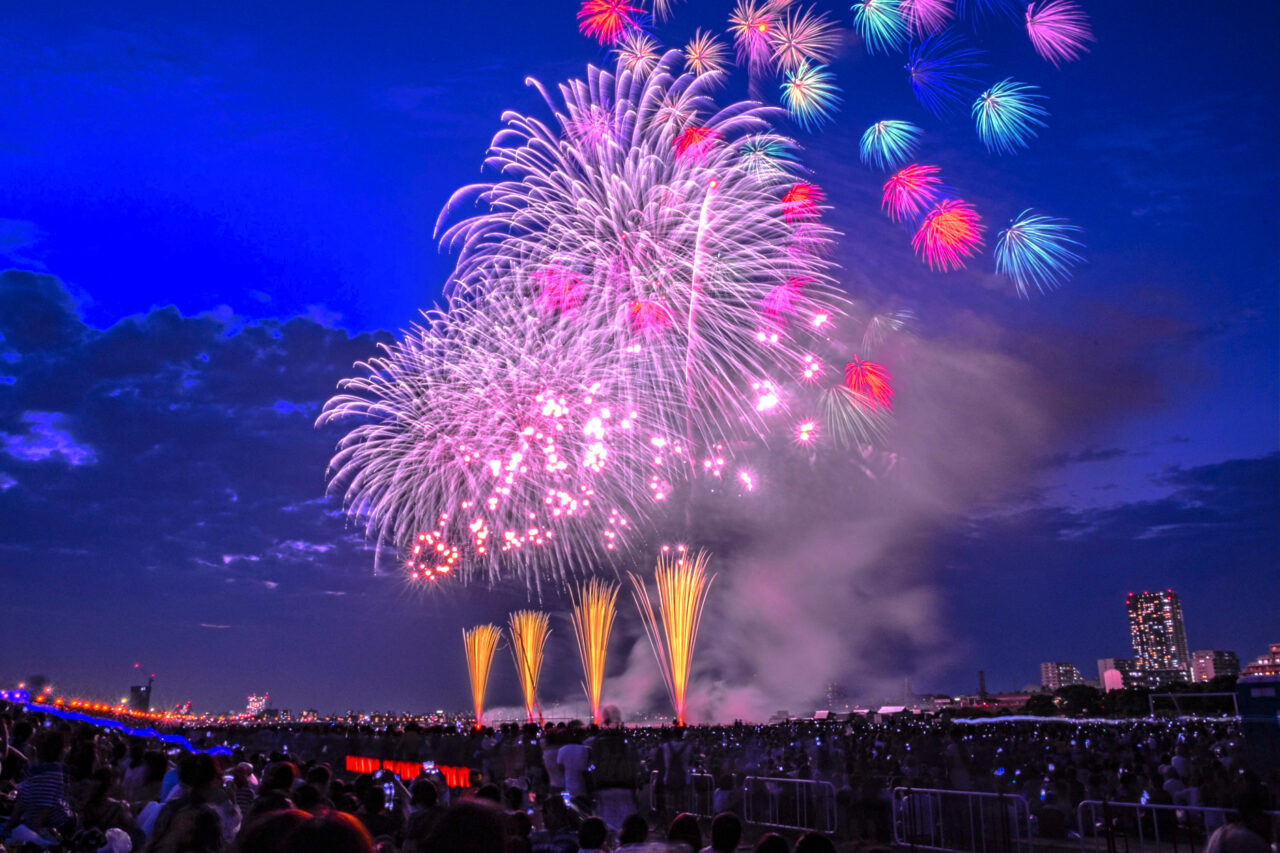
Held in nearly every city and town, fireworks festivals light up the sky throughout July and August. Many people bring picnic sheets, snacks, and drinks to enjoy the show from riversides or parks.
Escaping the Heat in the Mountains and by the Sea
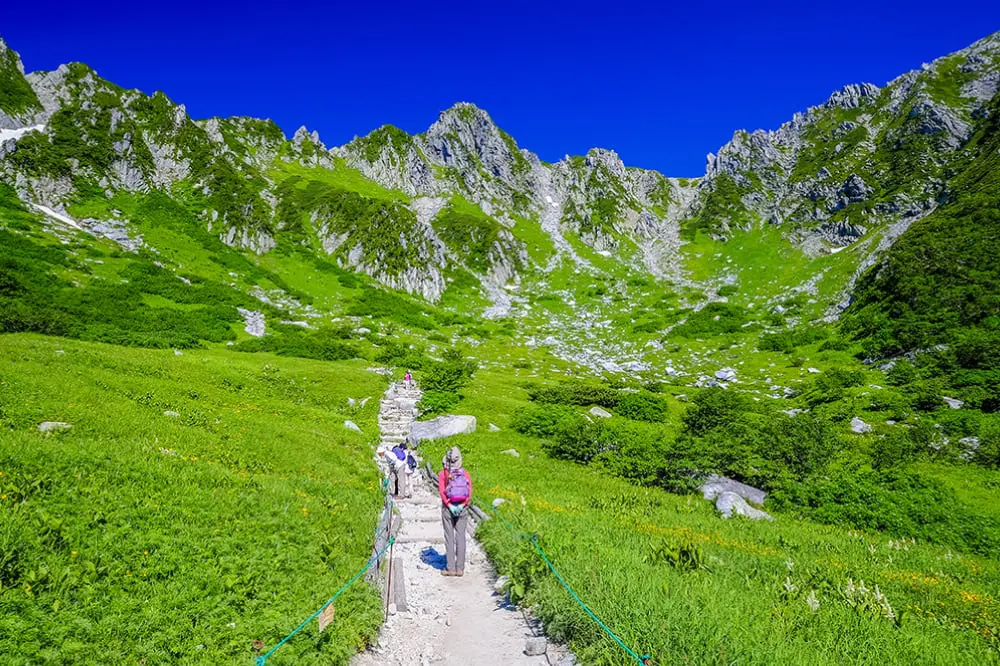
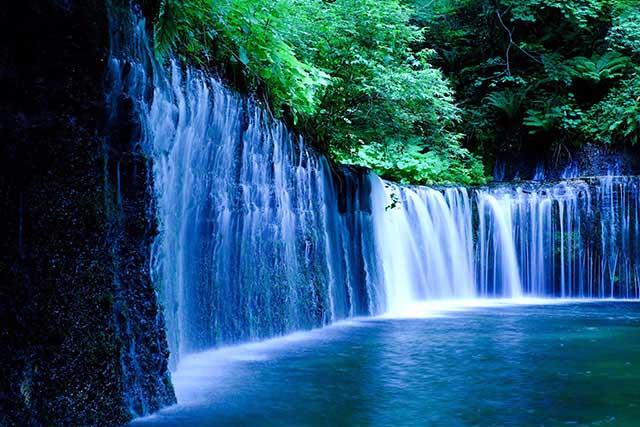
For a cooler summer experience, head to higher elevation spots like Hakone, Karuizawa, or the Japanese Alps. These areas offer refreshing nature, scenic train rides, and even summer onsen.
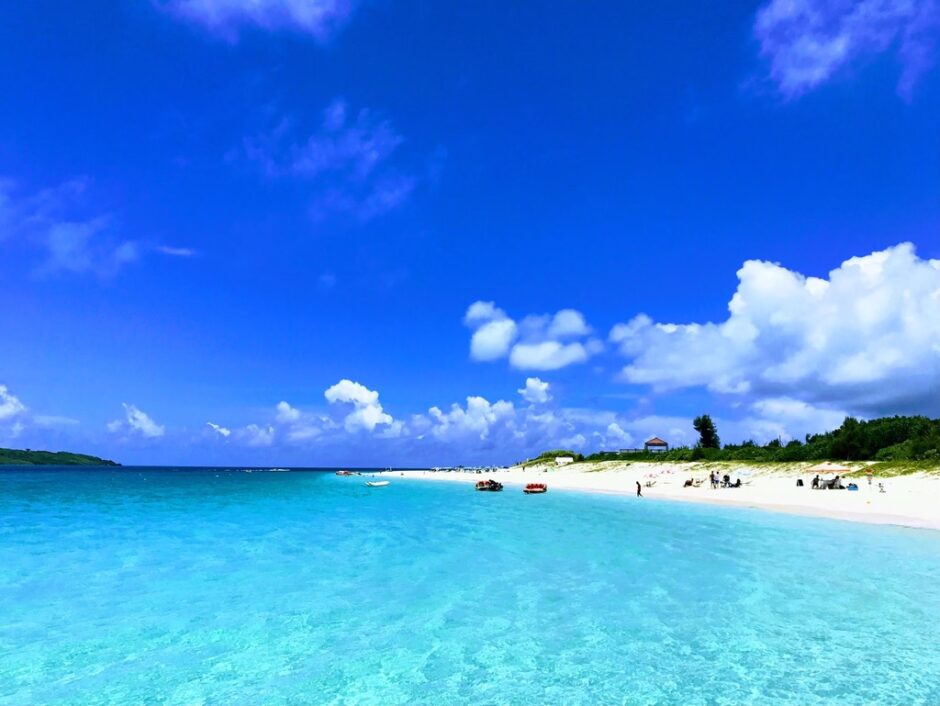
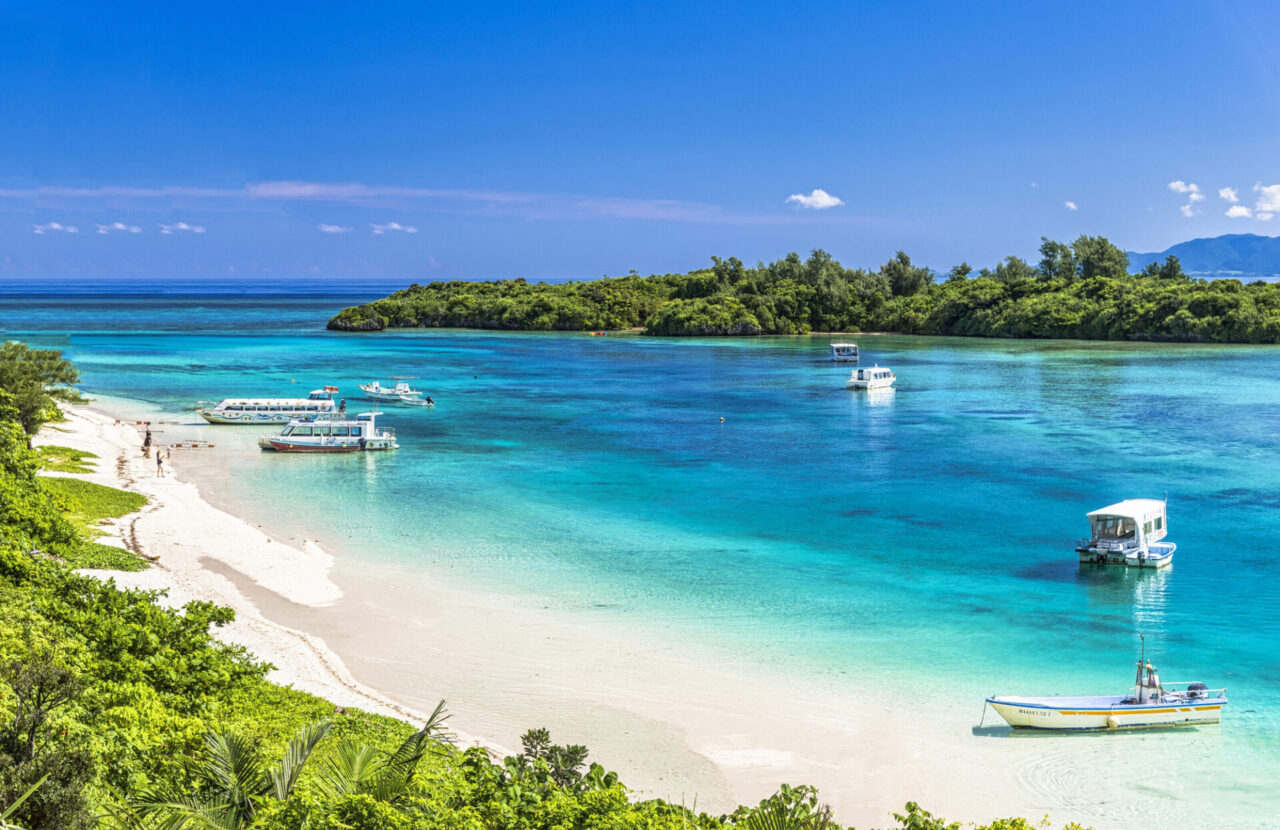
Alternatively, consider escaping to the beach. Okinawa’s Miyako Island (Miyakojima) is a tropical paradise with crystal-clear waters, white-sand beaches, and a laid-back island atmosphere. It’s perfect for snorkeling, swimming, or simply relaxing under the sun — an ideal way to enjoy a different side of Japan’s summer.
Tips for Traveling to Japan in Summer
- Stay hydrated and carry a fan or cooling towel — Japan’s summer humidity is no joke.
- Book accommodations early if you’re traveling during major festivals.
- Take advantage of indoor attractions (museums, aquariums, shopping centers) during peak heat hours.
- Try seasonal treats like kakigōri (shaved ice), cold soba, and summer fruits like watermelon and peaches.
Autumn (September to November): Fall Colors and Clear Skies
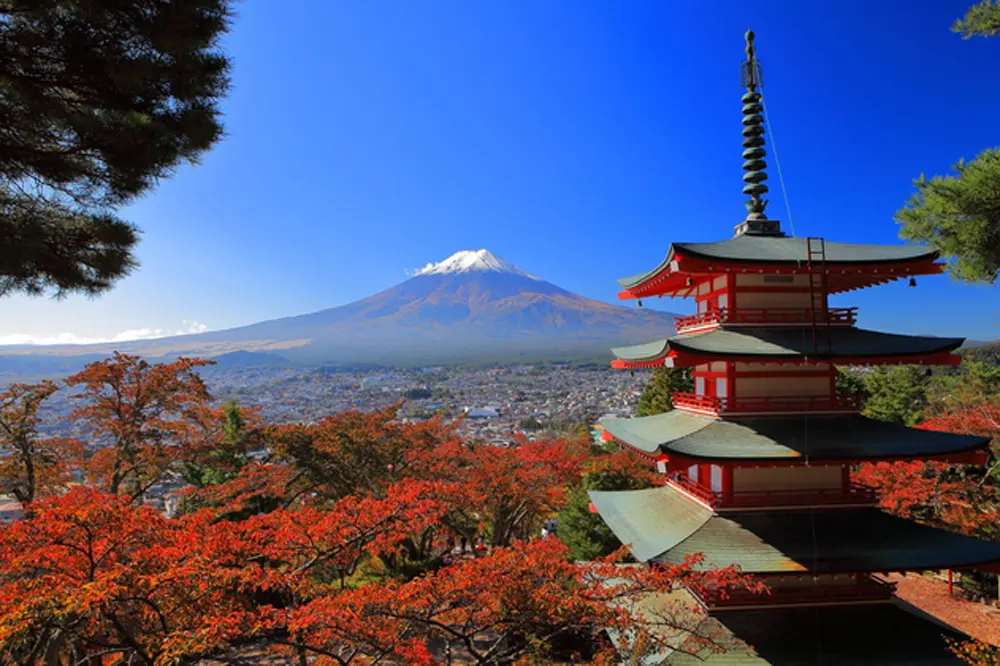
Autumn is a favorite season for many locals. As the heat of summer fades, crisp air and bright foliage take over the landscape. It’s the perfect time to explore temples, mountains, and countryside paths wrapped in red and gold leaves.
What to expect:
- Although October and November bring crisp, comfortable temperatures ranging from 15–22°C (59–72°F), September often still feels like summer in many parts of Japan, with lingering heat and humidity. It’s not unusual for some days to exceed 30°C (86°F) in early September, especially in urban areas.
- Clear skies and vibrant foliage in shades of red, gold, and orange across much of the country
Autumn Highlights
Leaf Peeping in Temples and Gardens
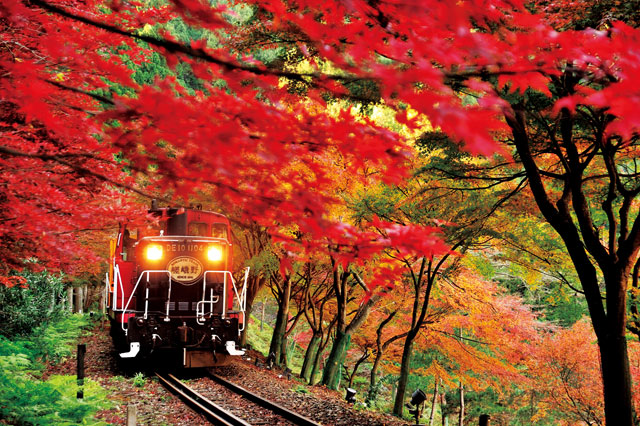
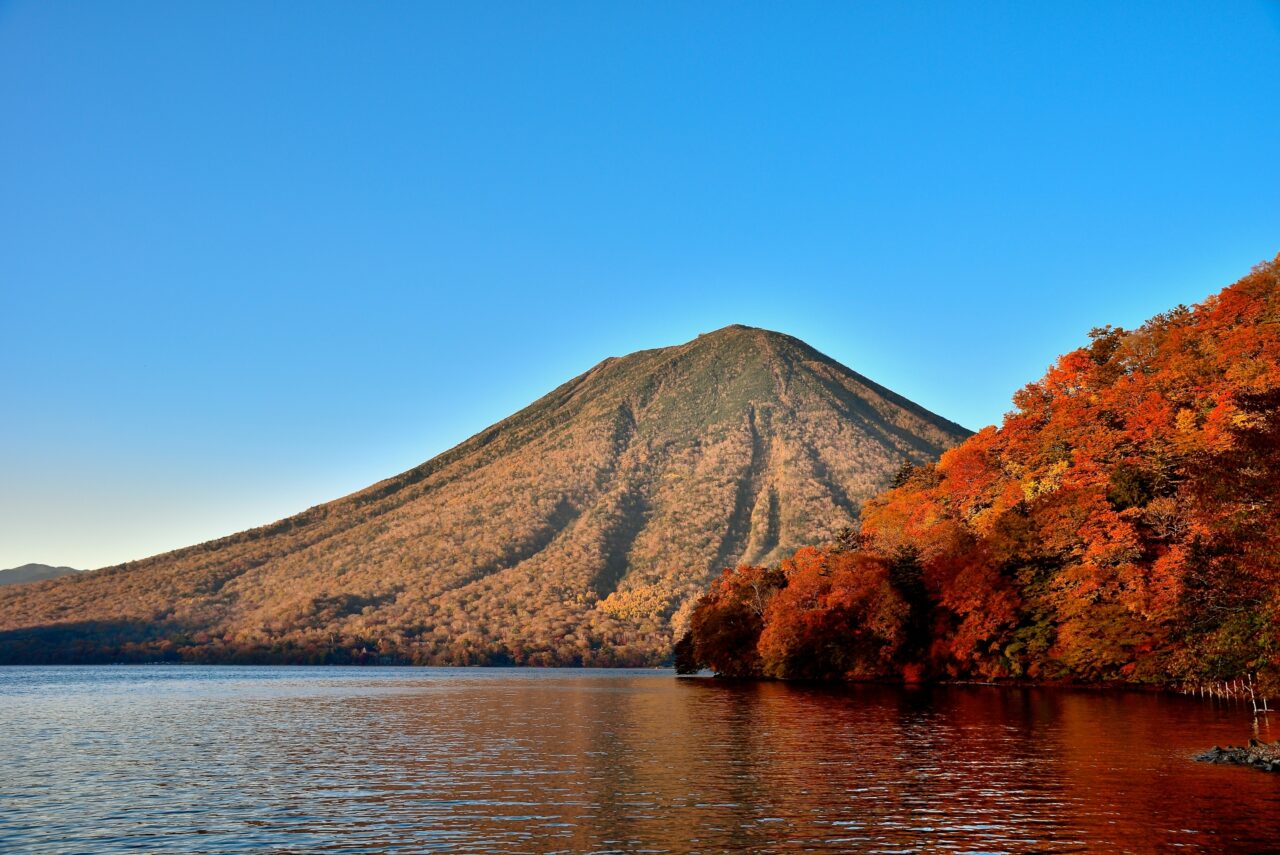
Famous spots like Kyoto’s Arashiyama, Nikko’s shrines, and Kanazawa’s Kenrokuen Garden in mid-November. Red maple leaves and golden ginkgo trees create dramatic scenery.
Seasonal Foods and Festivals
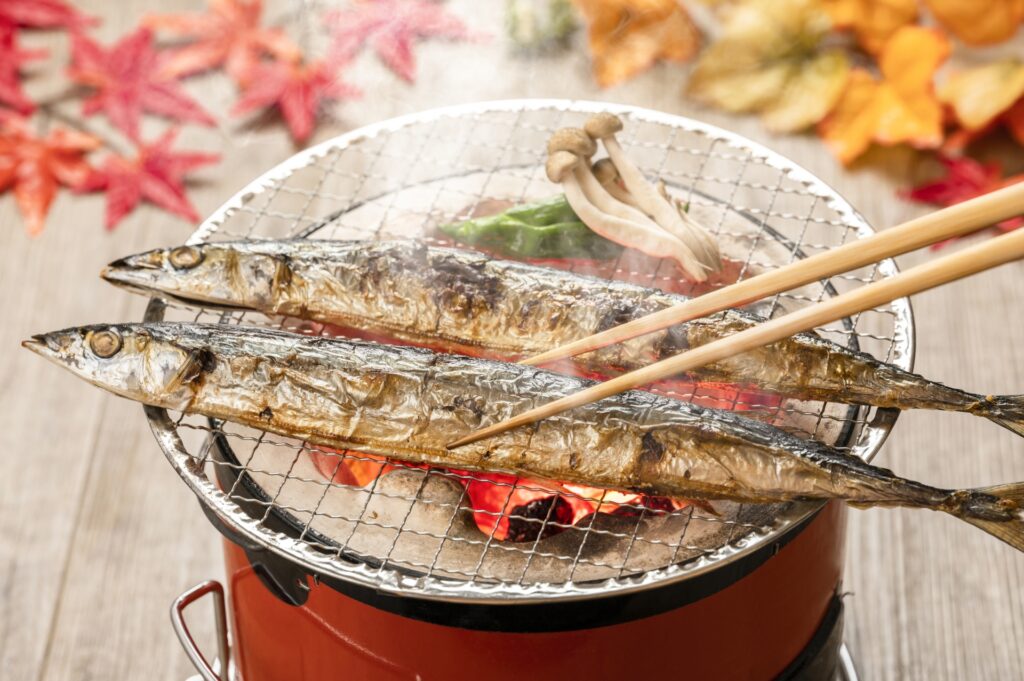
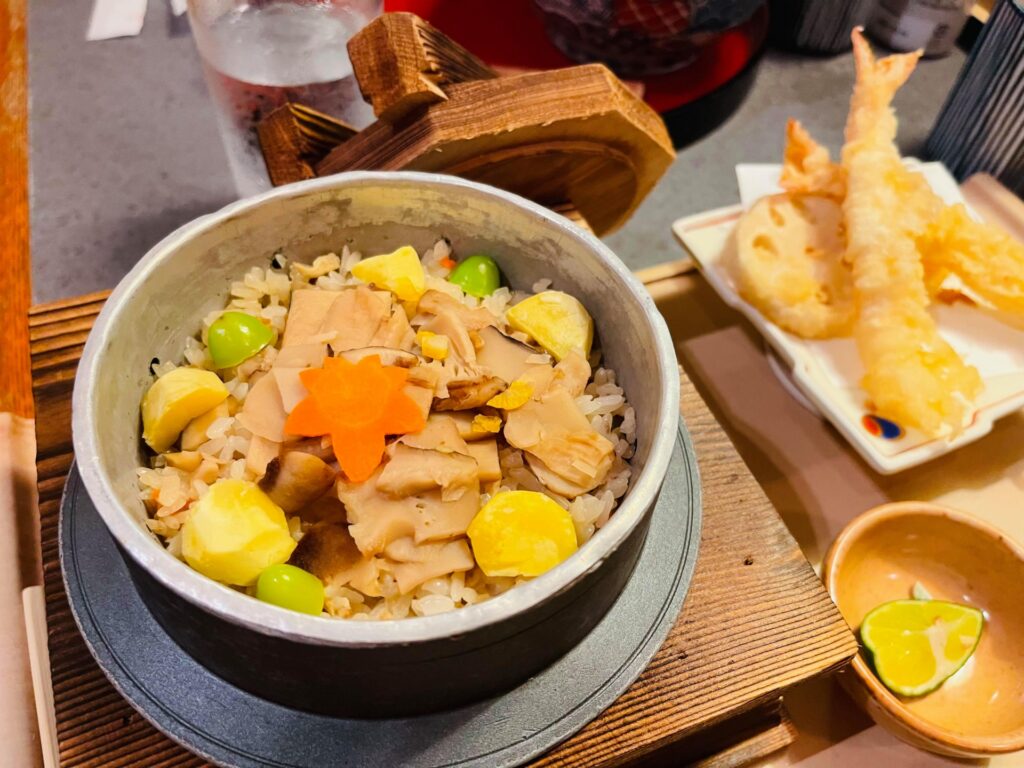
Autumn is “shokuyoku no aki” — the season of hearty appetites. Enjoy roasted sweet potatoes, matsutake mushrooms, chestnuts, and seasonal bento. You may also catch harvest festivals in rural towns.
Ideal Weather for Hiking and Sightseeing

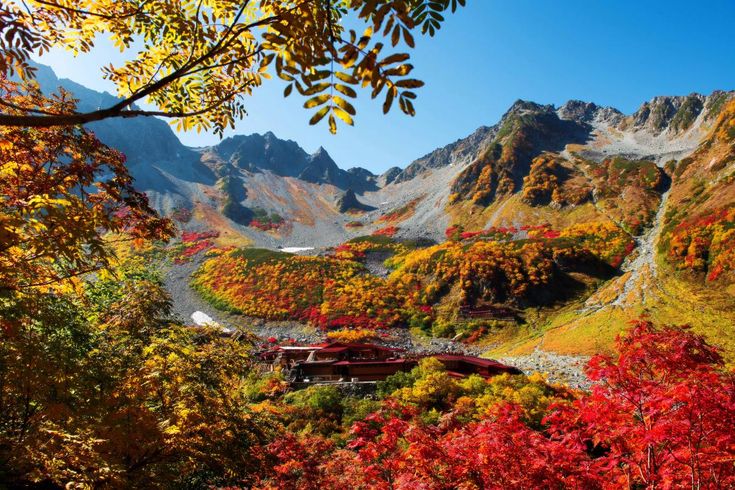
With daytime temperatures around 15–22°C (59–72°F), autumn is perfect for long walks and scenic hikes. The air is clear and crisp, especially in October and early November. Popular hiking spots include Mount Takao near Tokyo, Mount Misen in Hiroshima, and the trails around Kamikochi in the Japanese Alps — all offering stunning views of autumn foliage. Whether you’re looking for an easy walk or a full-day hike, this season is ideal for exploring Japan’s natural beauty on foot.
Soaking in Hot Springs (Onsen)
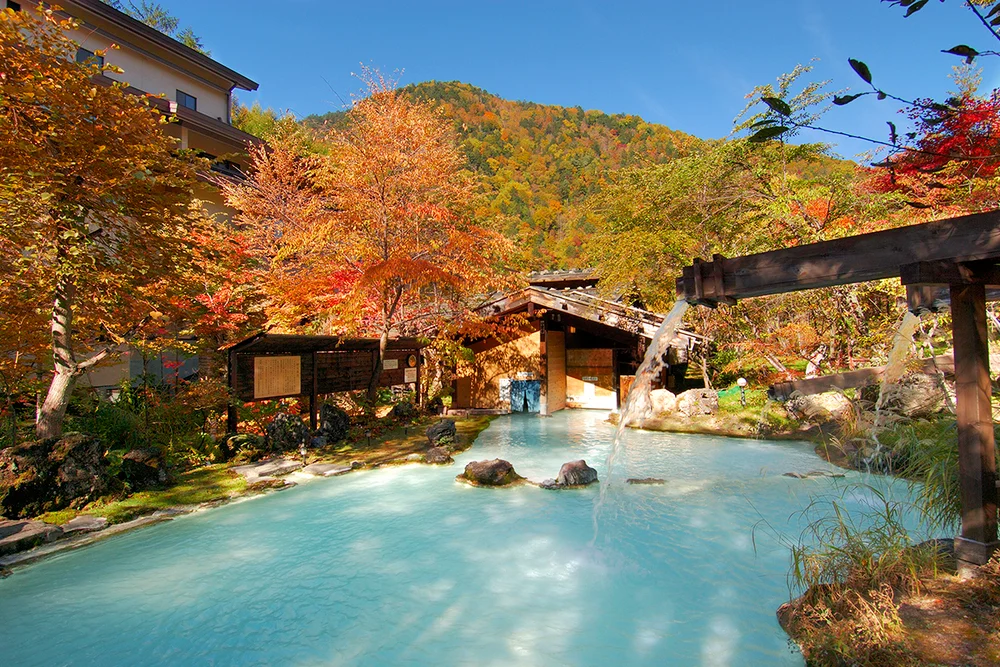
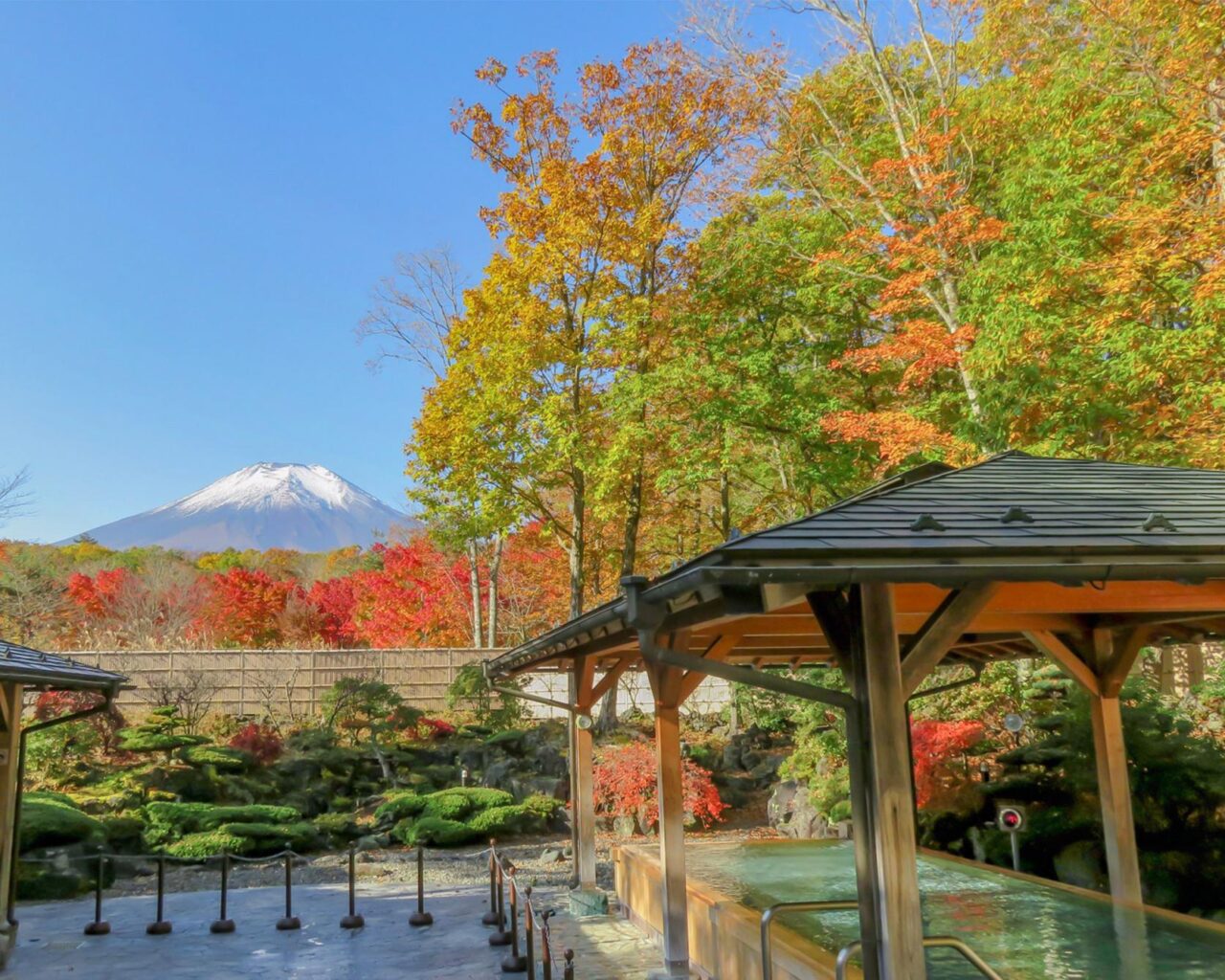
Autumn is one of the most beautiful seasons to enjoy Japan’s hot springs. Imagine relaxing in an open-air bath surrounded by vibrant red and gold foliage.
Places like Kinosaki Onsen in Hyogo, Yufuin in Kyushu, and the mountain resorts of Nagano — including Kamikochi, Nozawa Onsen, and Shibu Onsen — offer unforgettable koyo (autumn leaves) onsen.
Tips for Traveling to Japan in Autumn
- Check foliage forecasts — peak color timing varies by region and elevation.
- Bring a light jacket — mornings and evenings can be chilly.
- Travel midweek to avoid crowds, especially at popular viewing spots.
- Book accommodations early for late October–November in Kyoto, Nikko, and other famous foliage areas.
Winter (December to February): Snow, Light Displays, and Onsen
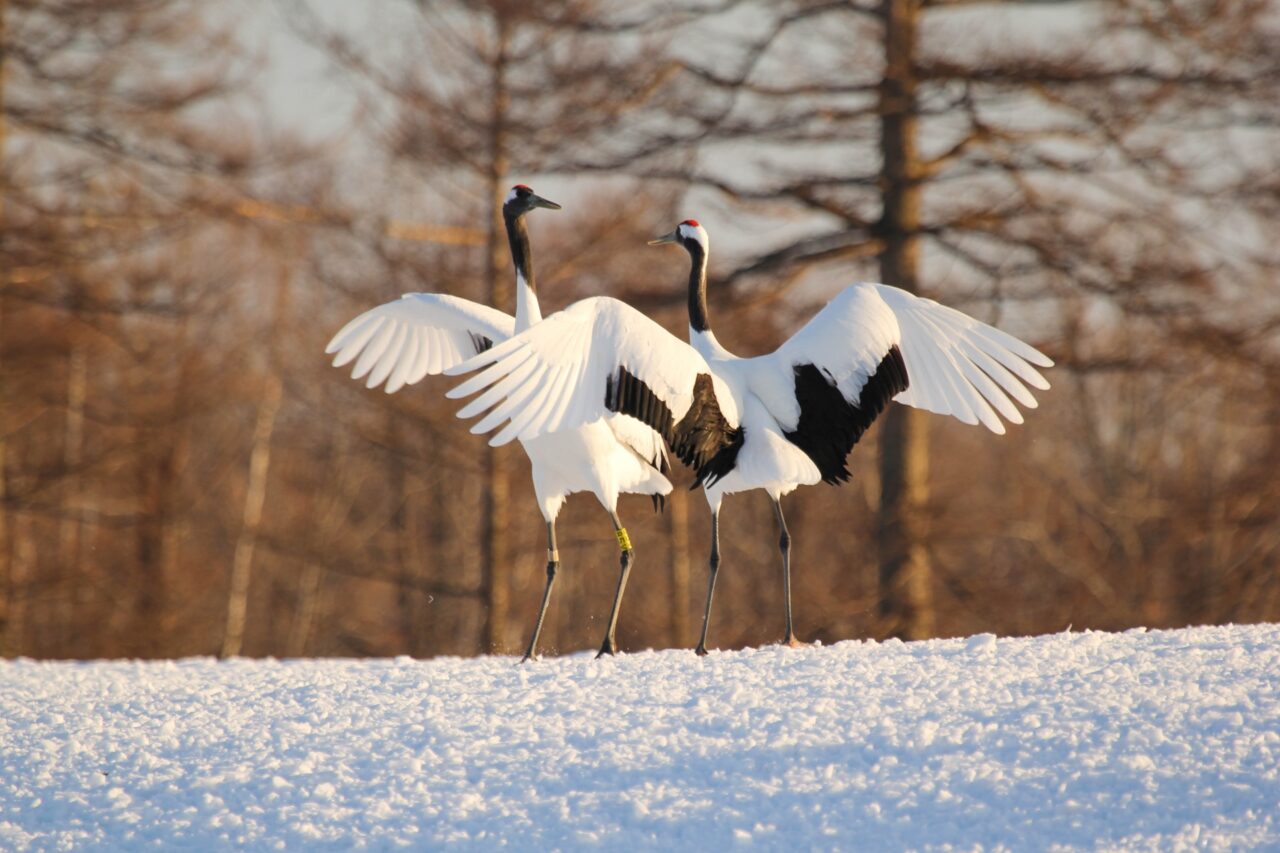
Winter in Japan brings a peaceful, almost magical atmosphere. Snow-covered towns, warm meals, and cozy hot springs define the experience. If you don’t mind the cold, it’s one of the most rewarding seasons to see a quieter, more serene side of Japan.
What to expect:
- Cold, dry weather in most of Honshu (Japan’s main island); heavy snow in Hokkaido and the Japan Alps
- Fewer tourists (except around New Year)
Winter Highlights
Snowy Destinations
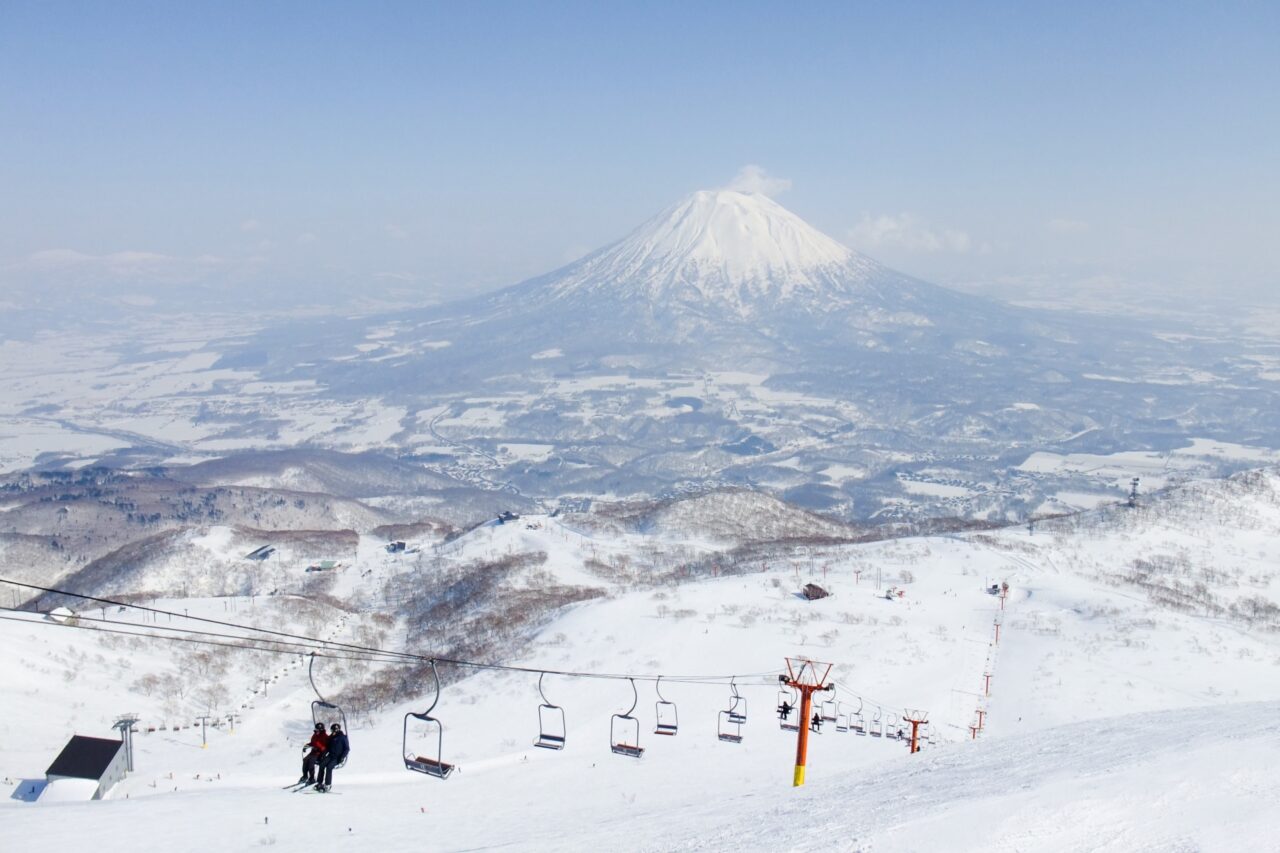

Head to Hokkaido, the Japan Alps, or Tohoku for some of the best snow in the world. These regions are famous for their powder snow and excellent ski resorts. Niseko in Hokkaido has become especially popular with international skiers and snowboarders for its terrain, scenery, and après-ski charm.
Sapporo’s Snow Festival (early February) also draws huge crowds with its massive ice sculptures and international snow art competitions.
Winter Illuminations
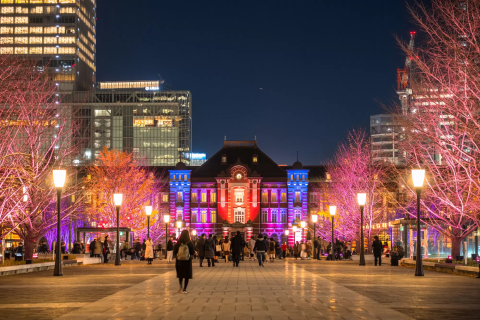
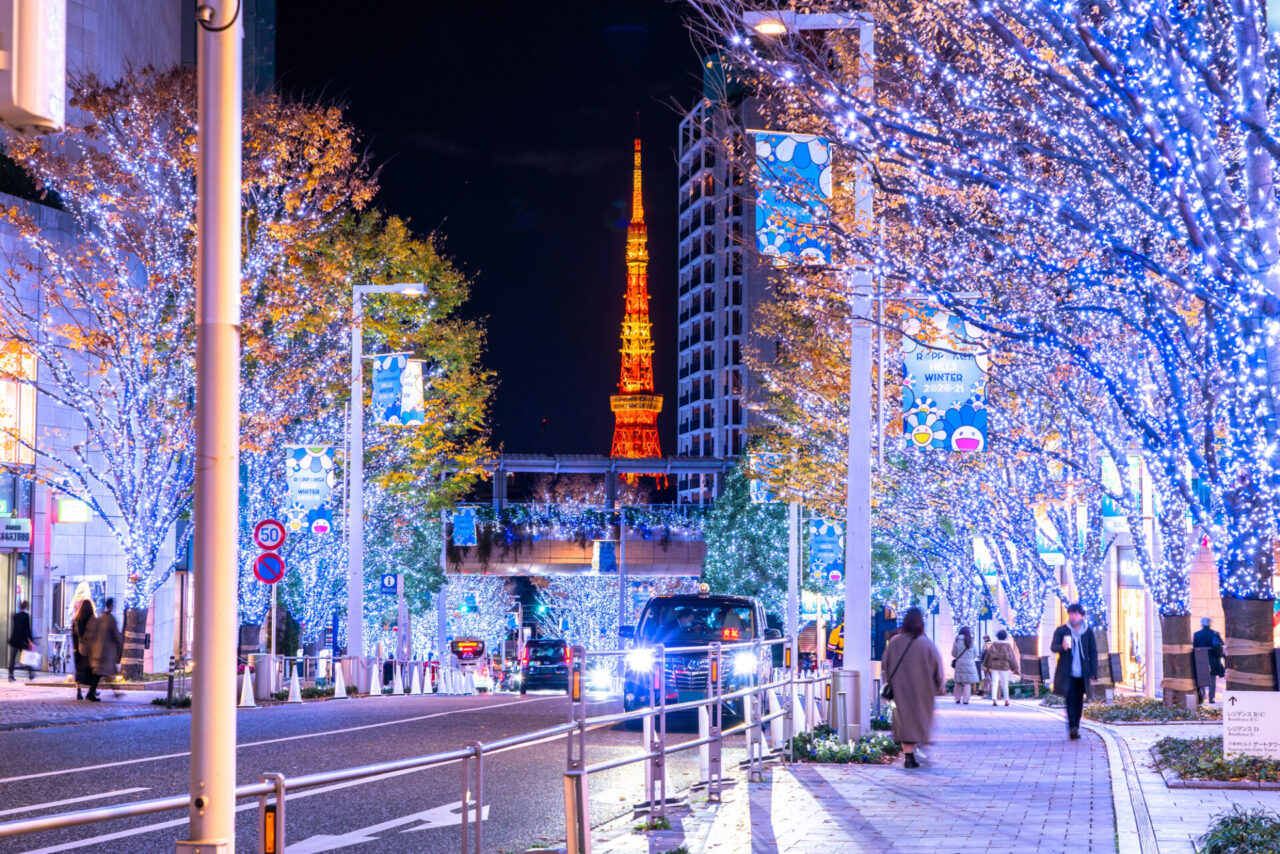
Cities like Tokyo, Kobe, and Nagoya glow with elaborate LED light displays. These range from romantic parks to entire shopping streets, perfect for evening strolls.
Soaking in Hot Springs (Onsen)
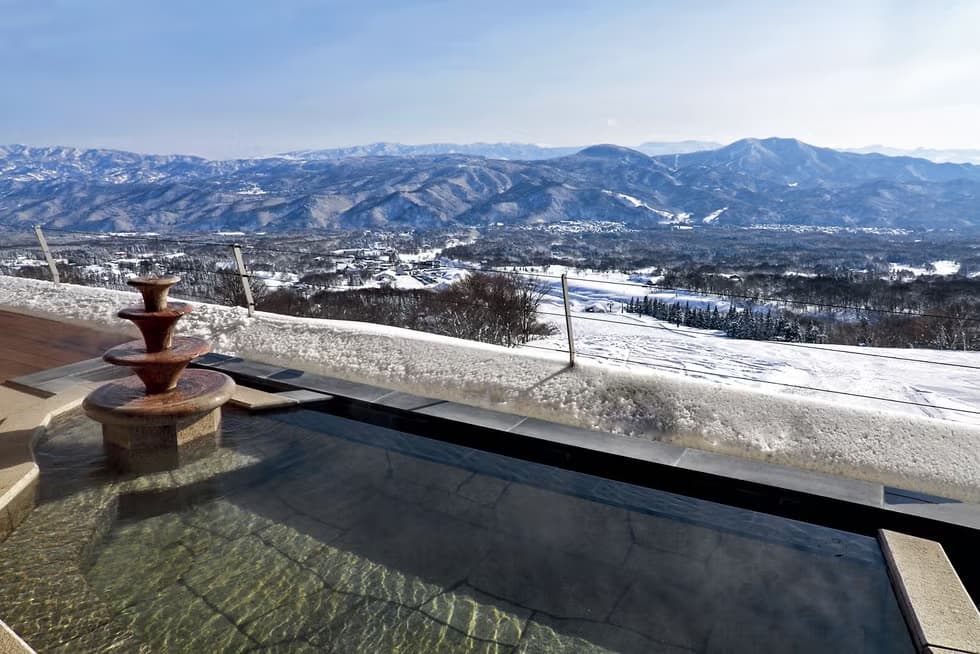
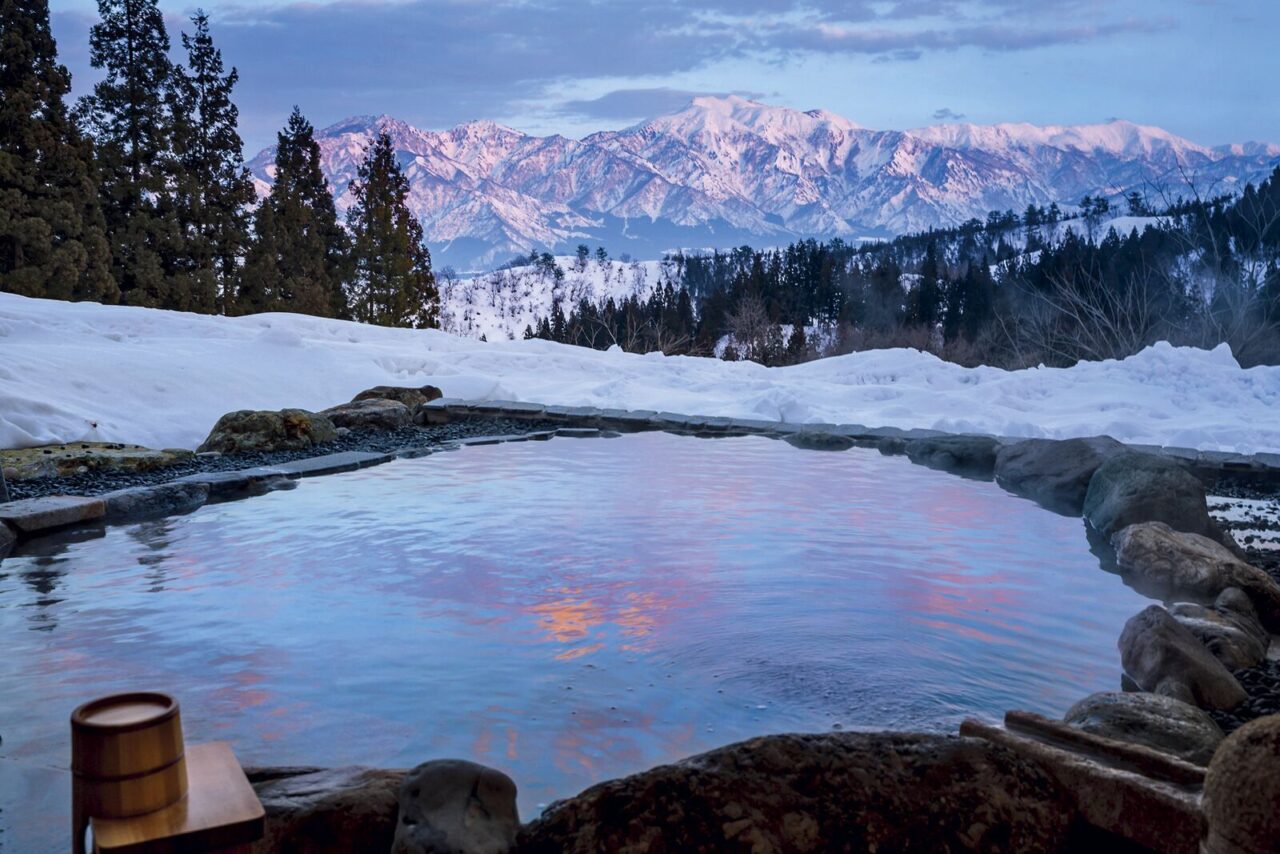
Nothing beats a warm onsen bath while watching snow fall. Try places like Nyuto Onsen in Akita, Ginzan Onsen in Yamagata, or Kusatsu Onsen in Gunma for a cozy, unforgettable winter retreat. Nozawa Onsen in Nagano is another excellent option — a ski resort with a charming traditional village feel and a network of free public baths called “soto-yu.” After a day on the slopes, soaking in one of these atmospheric baths, many of which are centuries old, is a perfect way to end a winter day.
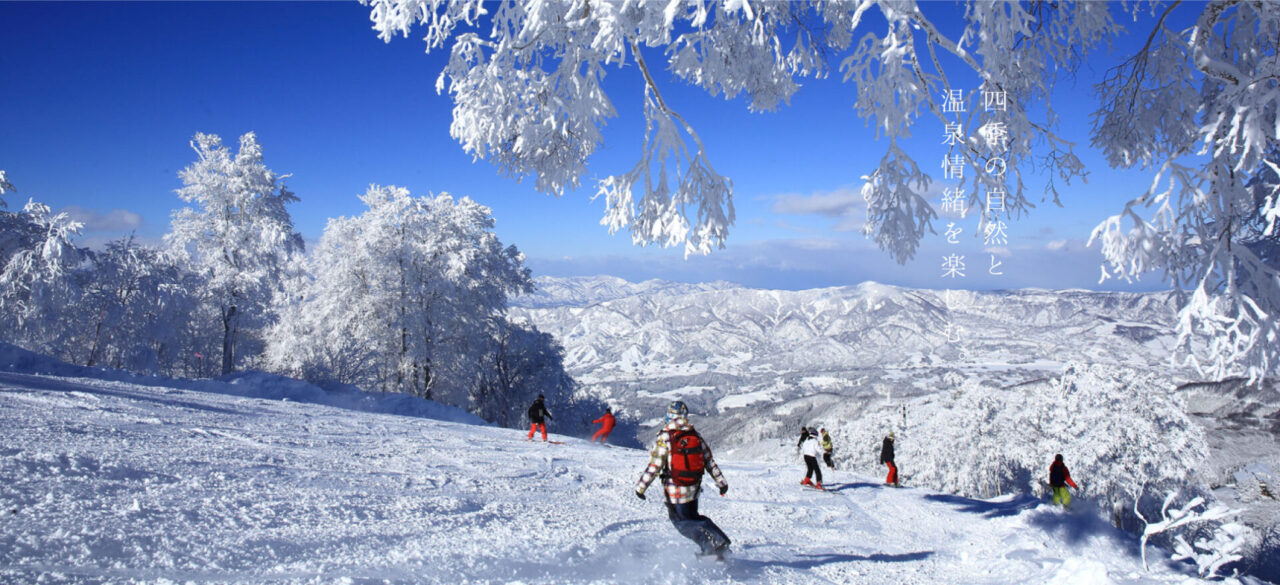
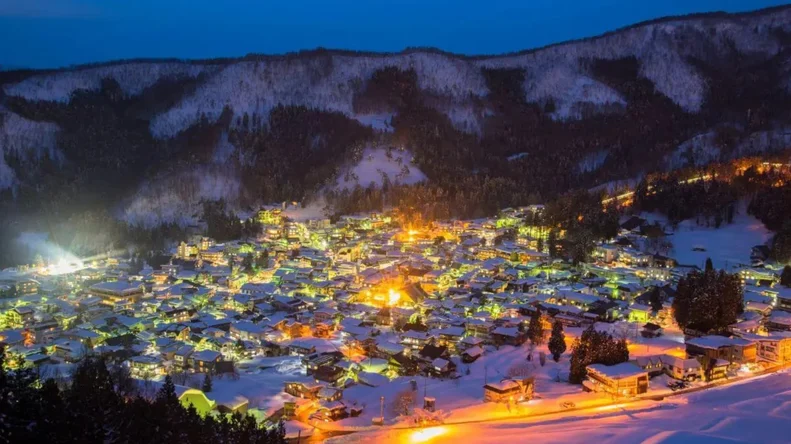
After a day on the slopes, soaking in one of these atmospheric baths, many of which are centuries old, is a perfect way to end a winter day. In fact, for many people, the real reason to go skiing is to enjoy that post-ski onsen moment — it’s the ultimate reward after a day in the snow.
Tips for Traveling to Japan in Winter
- Dress warmly — bring insulated jackets, gloves, and boots, especially if heading to snowy areas.
- Check holiday closures — many businesses close from Dec 29 to Jan 3.
- Enjoy seasonal foods like hotpot (nabe), oden, and strawberries (a winter fruit in Japan).
- Reserve early for popular ski resorts and onsen towns in January–February.- Book early, especially if you’re planning to visit during cherry blossom season (late March to early April). Accommodations fill up quickly.
- Dress in layers. Spring weather can change quickly — mornings and evenings may be chilly even on warm days.
- Explore local spots. Famous places like Ueno Park or Kyoto can be very crowded, but your local hotel or host can often recommend quieter hanami spots nearby.
- Try seasonal foods. Look for treats like sakura mochi, bamboo shoots (takenoko), and sansai (wild mountain vegetables). These are only available for a short time!
Note: Around the New Year, many shops and attractions may close for a few days—plan accordingly.
What’s the Cheapest Time to Visit Japan?
If you’re watching your budget, consider:
- Mid-January to February: After New Year’s and before spring travel begins
- June (rainy season): Fewer tourists and more deals on hotels and flights
- September: A quieter time between summer holidays and autumn foliage season
Prices tend to spike during:
- Cherry blossom season (late March–early April)
- Golden Week (late April–early May)
- Obon holidays (mid-August)
- New Year (late December–early January)
Planning Your Budget?
For a detailed breakdown of real travel costs — including transportation, food, and accommodations — check out our full 7-day example budget:
👉 How Much Does a Trip to Japan Really Cost in 2025?

Wondering how much a trip to Japan actually costs?
This detailed 7‑day budget guide breaks down everything — from flights and hotels to meals and transport — across budget, mid-range, and luxury styles. Whether you’re planning your first visit or trying to stick to a smart travel budget, this guide helps you see what’s possible (and where you can splurge or save).
Best Time Based on Your Travel Goals
| Your Goal | Recommended Time |
|---|---|
| See cherry blossoms | Late March to early April |
| Enjoy fall foliage | Late October to late November |
| Experience snow and winter scenery | Late December to February |
| Soak in onsen (hot springs) | October to March |
| Avoid crowds and save money | Mid-January, June, September |
| Join local festivals | July and August |
Recommended by Travel Style
- 👨👩👧👦 For families: Spring strawberry picking and summer festivals offer fun for all ages. Try theme parks in spring or beach days in Okinawa during summer break.
- 💑 For couples: Autumn foliage in Kyoto or winter onsen retreats in Ginzan Onsen create the perfect romantic atmosphere.
- 🧍♂️ For solo travelers: Spring hikes, quiet temple visits in fall, or exploring snowy towns like Takayama in winter are ideal for reflective solo travel.
- 👭 For friends & groups: Summer fireworks, ski trips in winter (like in Niseko), or music festivals make for unforgettable shared experiences.
Final Tips for Choosing Your Season
- Bring layers. Even in warmer months, trains and buildings can be cool with air conditioning.
- Always check local event calendars if you’re traveling for a specific experience.
- For onsen lovers: Book accommodation early in fall and winter months—these are peak times for ryokan.
No matter when you come, there’s always something special waiting in Japan. The real “best” time to visit is the one that matches your dream experience.
Where to Stay in Japan: From Traditional to Modern
Once you’ve picked the perfect season, the next step is choosing where to stay. Whether you’re looking for a luxurious ryokan, a cozy guesthouse, or a quirky capsule hotel, check out our full guide to accommodations in Japan:
👉 Where to Stay in Japan: Hotels, Ryokan, Guesthouses, or Capsule Hotels?

